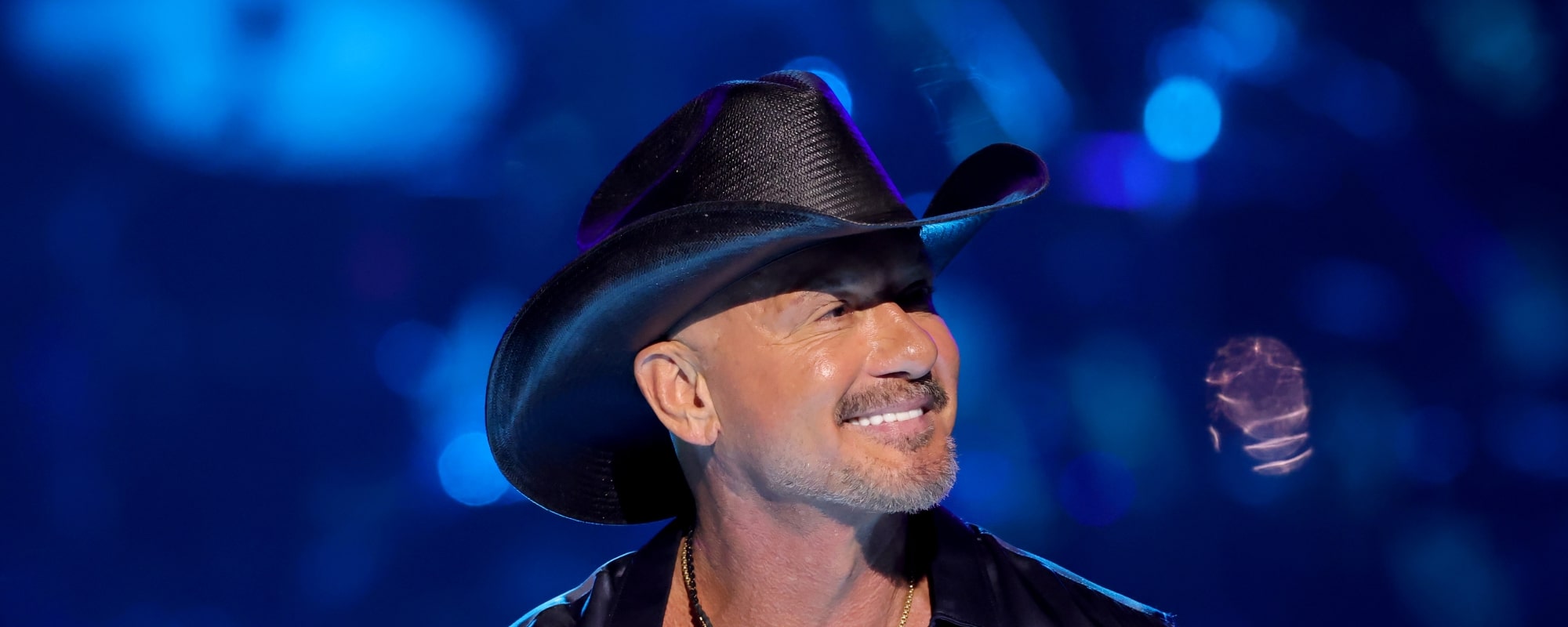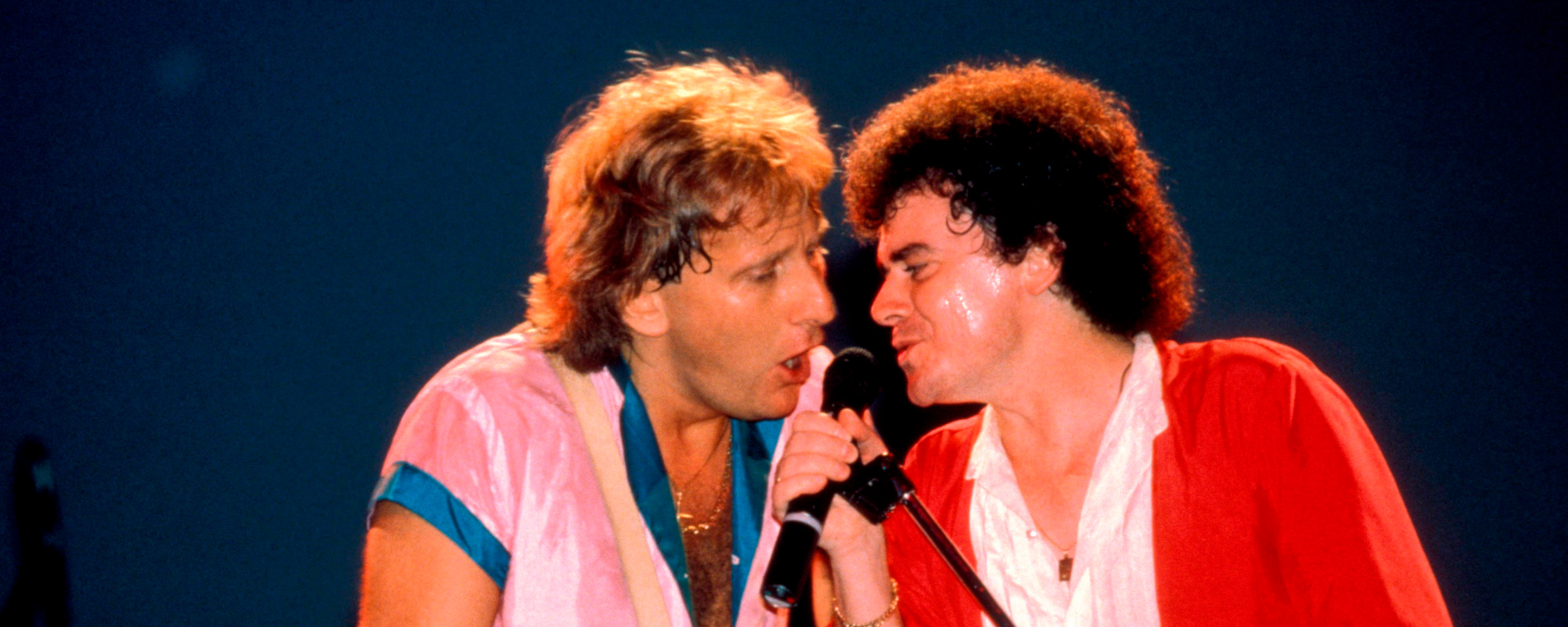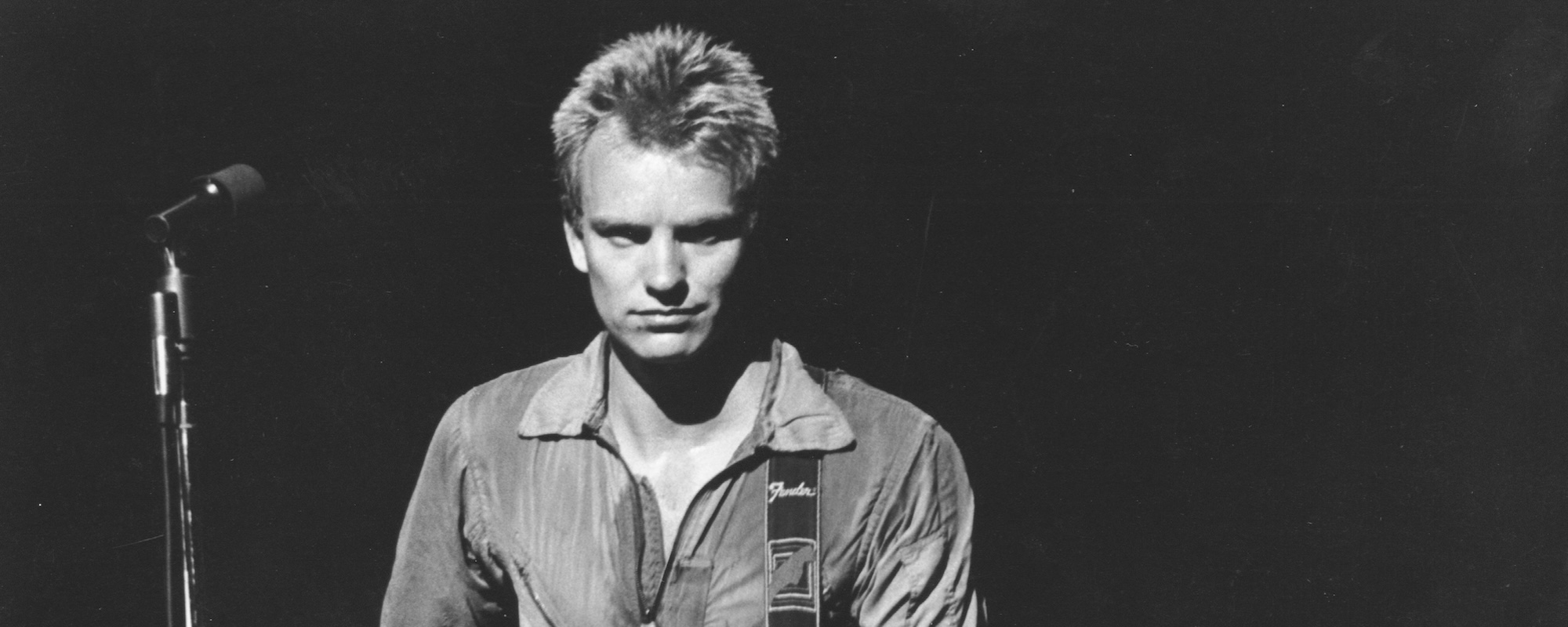After The Beach Boys tasted success with “Surfin’” on the Candix label, songwriter Brian Wilson’s father Murry set about getting the young group a proper record deal. He took a mortgage on his house and arranged several recording sessions. Brian wrote a couple of songs with Gary Usher, a pair with lead singer Mike Love, and a single song by himself. Armed with this new material, The Beach Boys went into World Pacific Studio and recorded these songs on February 8, 1962.
Videos by American Songwriter
The band would go on to record all of the songs again later, but those recordings were good enough to get Nick Venet of Capitol Records to sign The Beach Boys to a recording contract. Just over two months later, they went to Western Studios and rerecorded two of the songs—and both would enter the U.S. charts. Let’s take a look at the story behind one of them, “Surfin’ Safari” by The Beach Boys.
Let’s go surfin’ now
Everybody’s learnin’ how
Come on and safari with me
(Come on and safari with)
The Record Deal
Murry Wilson was not confident in his son Dennis’s drumming abilities. Brian arranged for Gene Krupa to play the session. They wanted Dennis to provide vocals, but he stormed out of the studio when Krupa showed up. As the session continued, Krupa’s playing was not what they were looking for, and Dennis came back and played. On April 19, the band recorded “Surfin’ Safari” (written by Brian Wilson and Mike Love), “409,” and “Lonely Sea” (written by Brian Wilson and Gary Usher).
Murry Wilson took the tapes around to several labels with no success. He then reached out to his old friend Ken Nelson, the country music A&R man from Capitol Records. He put Murry in touch with 22-year-old Nick Venet. Murry, Brian, Usher, and Venet met at the Capitol Tower, and the young executive instantly believed “Surfin’ Safari” was a No. 1 single. Venet told author William McKeen, “Before eight bars had spun around, I knew it was a hit record. I wasn’t one to hide my feelings. I got all excited, and of course, [Murry] got excited because he wasn’t one to hide his feelings either. I knew the song was going to change West Coast music.” Capitol offered $300 per song master, plus 2.5% royalties, with proceeds split between Brian, Usher, and Murry.
Early in the mornin’, we’ll be startin’ out
Some honeys will be comin’ along
We’re loadin’ up our Woody with our boards inside
And headin’ out singin’ our song
A New Guitarist
The only difference in personnel between the first and second recording was the guitarist. Al Jardine was on the earlier version, but just as the band was signing with Capitol Records, he decided to leave the group as he felt they had little chance of success. Wilson’s neighbor David Marks took over guitar duties and appeared on the second recording of “Surfin’ Safari.” Marks told author Keith Badman, “When Brian sat down at the piano and played ‘Surfin Safari’ and said this is our next hit, I got chills. Got goosebumps, man. We jumped around and pounded him on the back, ‘God, you’re a genius, man!’”
Come on, baby, wait and see (surfin’, surfin’ safari)
Yes, I’m gonna take you surfin’ with me (surfin’, surfin’ safari)
Come along, baby, wait and see (surfin’, surfin’ safari)
Yes, I’m gonna take you surfin’ with me (surfin’, surfin’ safari)
Murry Suggests Two Changes
During the recording session at Western, Murry encouraged the band to move up the song’s key a whole step to make it younger-sounding. He also adjusted the guitar tone, rolling off the bass to give it more treble. Brian was pushing for more low-end, but Mike Love later attributed the record’s success to the thin-sounding guitars that cut through the airwaves.
Let’s go surfin’ now
Everybody’s learnin’ how
Come on and safari with me
(Come on and safari with)
“409”
The B-side was “409.” There have been conflicting accounts of whether or not Capitol wanted it to be on the A-side. Murry felt strongly about continuing the surfing theme but seemed to believe the record company was pushing for the hot-rod song to be the lead single. Venet later claimed, “If it was ‘409’ I was interested in, why did I have the group take pictures at the ocean with a surfboard?” Sales of “Surfin’ Safari” first spiked in New York and the midwest, rather than on the West Coast. Said Venet, “We were getting reports from spots like Phoenix, Arizona, where you couldn’t go surfing if you tried.”
Let’s go surfin’ now
Everybody’s learnin’ how
Come on and safari with me
(Come on and safari with)
Murry Pulls It off
It’s well documented how many troubles came from Murry’s actions as The Beach Boys’ manager. However, when it came to getting a record deal, the senior Wilson pulled it off when Capitol Records began their long-term relationship with the band. The Beach Boys would have one of the most successful careers of any American band of their time. Unbeknownst to the Southern California teens, four long-haired fellows on the other side of the Atlantic Ocean released a song in England called “Love Me Do” just four days after “Surfin’ Safari debuted in America. The two bands would cross paths many times in the future, inspiring each other and pushing each side to higher levels.
They’re anglin’ in Laguna in Cerro Azul
They’re kickin’ out in Doheny too
I tell you, surfing’s mighty wild. It’s gettin’ bigger every day
From Hawaii to the shores of Peru
When you purchase through links on our site, we may earn an affiliate commission.
Photo by Michael Ochs Archives/Getty Images












Leave a Reply
Only members can comment. Become a member. Already a member? Log in.